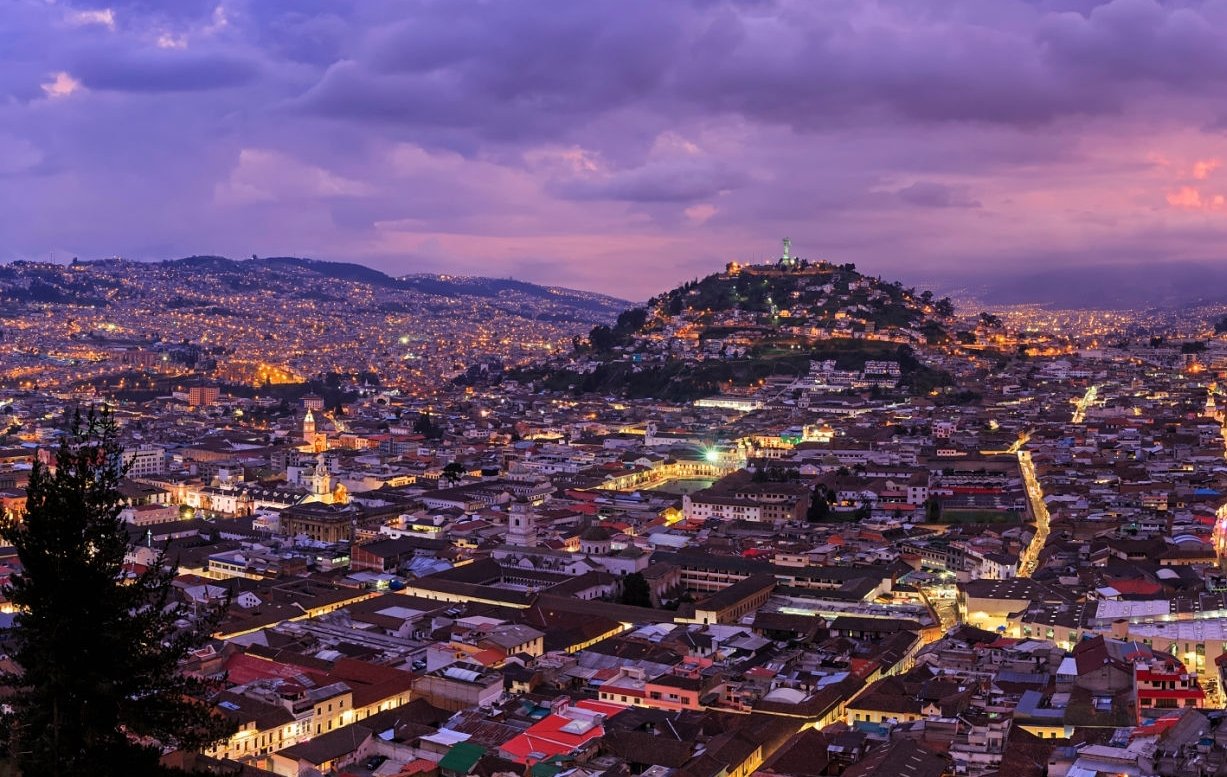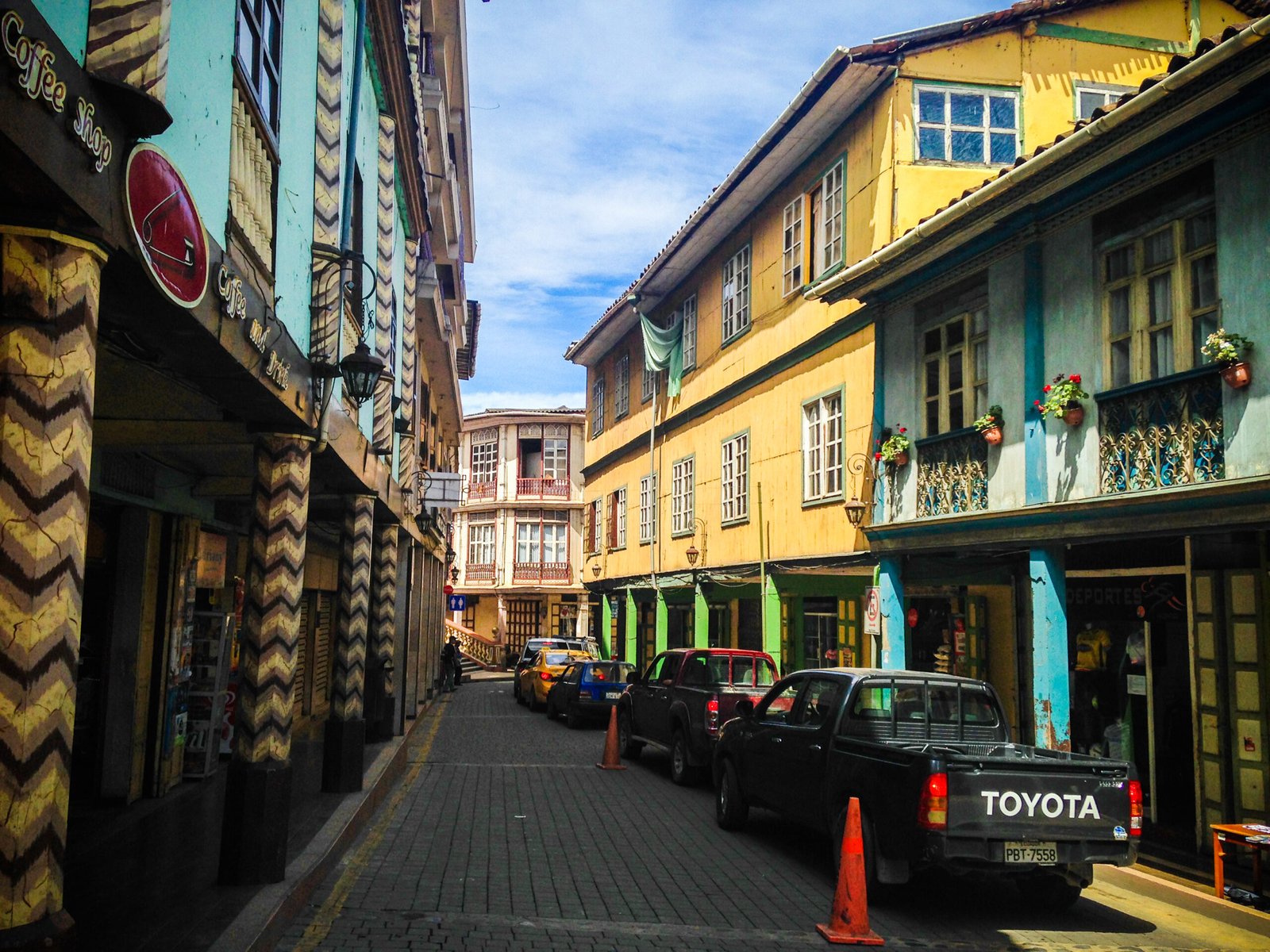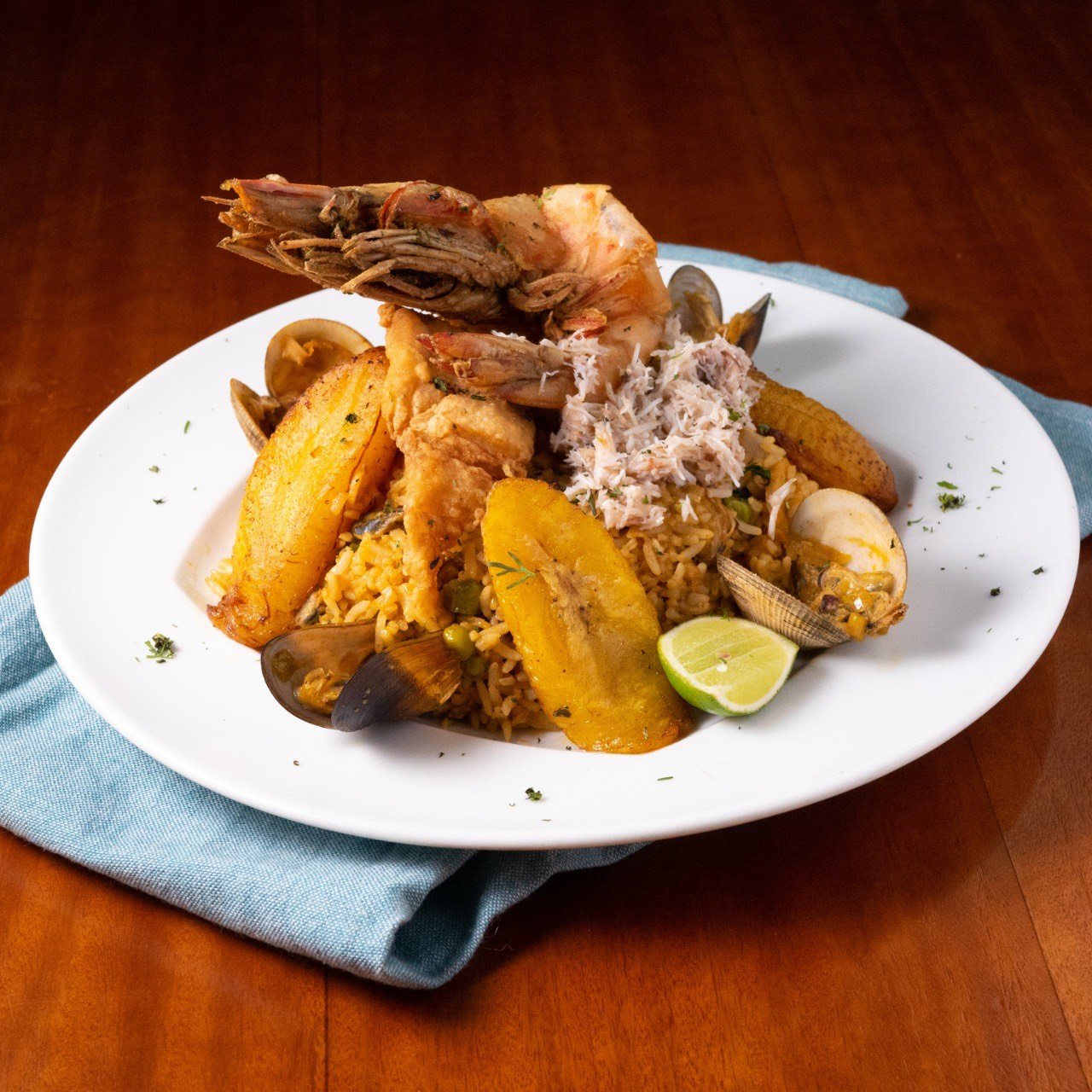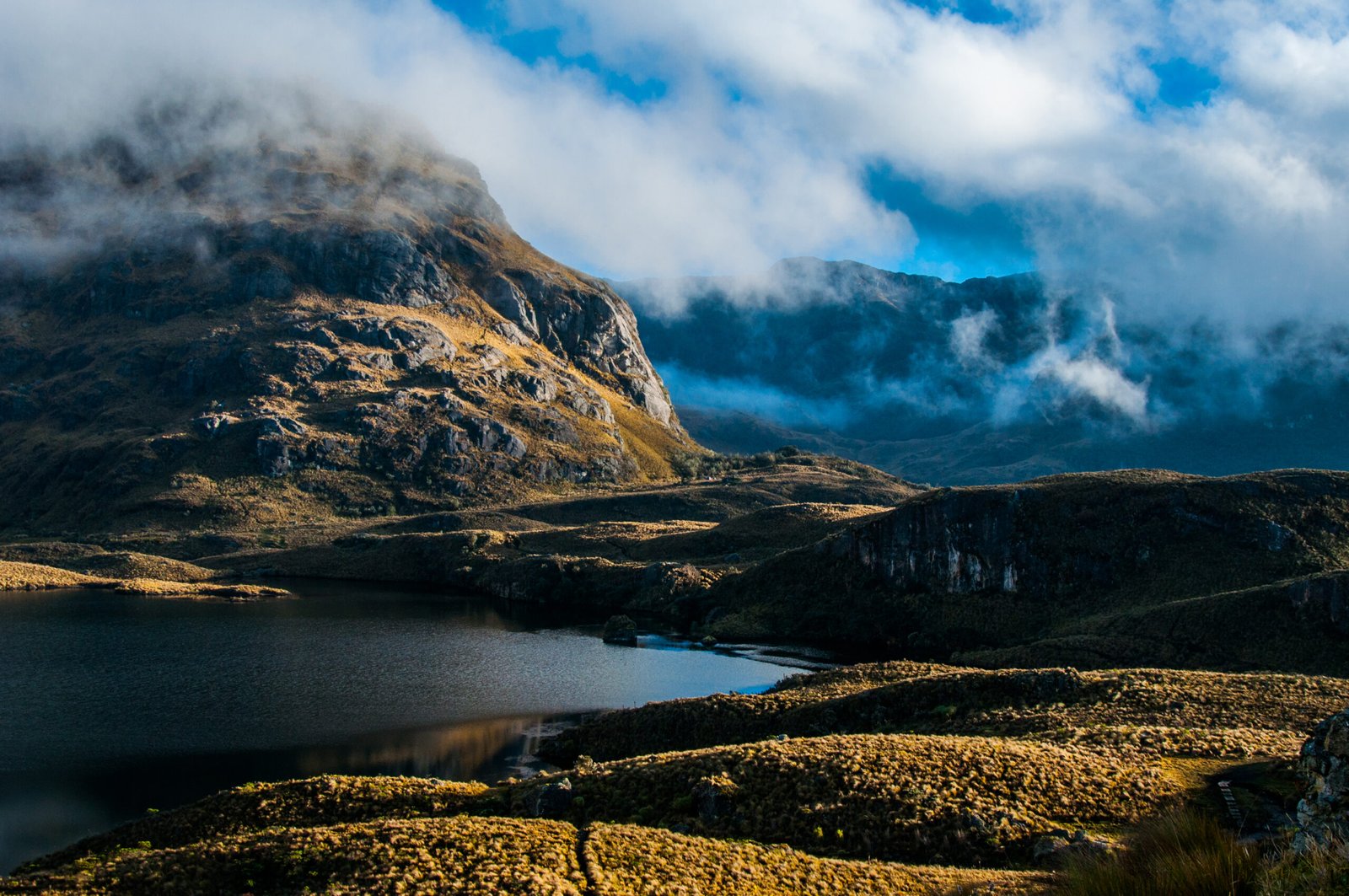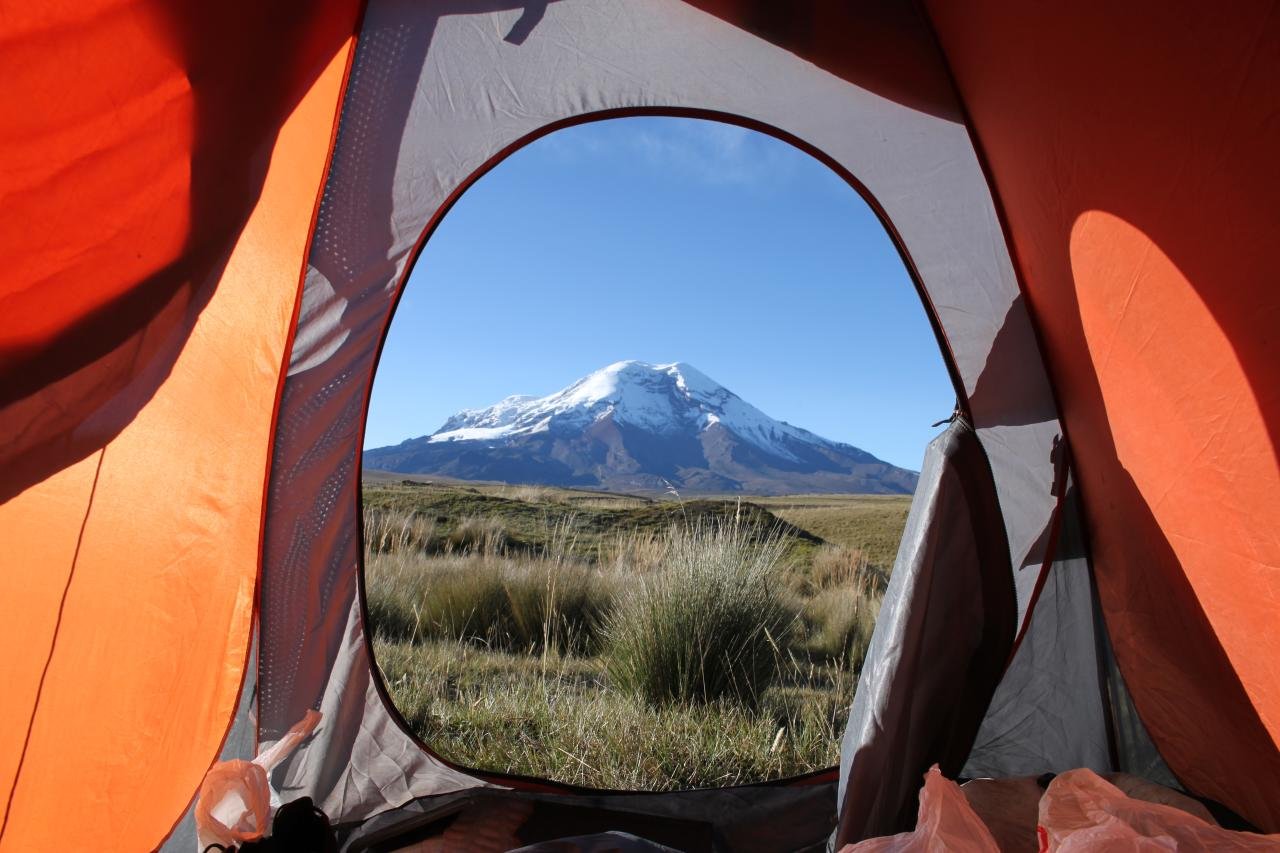Nature tour between Guayaquil and Santay Island. A tour of the flora and fauna across a footbridge over the Guayas River.
Recorrido por la Isla Santay.
The history of Santay Island is closely linked to the history of the city of Guayaquil. It is located in the delta of the Guayas River, and of the events that have been recorded about this island, those from the XVII and XVIII centuries have survived. They refer to the pirate attacks to which the city was subjected.
There are also archives describing the epidemics that affected the population in the 18th and 19th centuries. At that time Santay was a quarantine station for the fleets calling at the port. Later, this place became an anchorage for the maintenance of ships. One of the most important events in the island’s history is that Simon Bolivar, the liberator, settled here temporarily to recover from an illness. It was here that he drew up the Treaty of Guayaquil, which was signed on 22 September 1829.
It is estimated that the island was settled more than 100 years ago, when several cattle ranches were established and others were dedicated to rice cultivation. According to statistics, the majority of the island’s current population is descended from those who worked on the haciendas in the past.
In 2010, the Ministry of Environment declared Santay Island and Gallo Island (a small islet in the eastern sector) as a national recreation area at the national level. At the international level, Santay Island was declared a Ramsar site in 2000, covering an area of 4705 ha, of which 2200 ha for the island itself and about 2505 ha for the surrounding waters.
107 bird species have been recorded and according to Ramsar Site Information Services, there are 12 migratory species, 15 endemic species, 2 vulnerable species and 1 threatened species. It is therefore considered an ancestral refuge for the birds that still nest on the island. It is probably the only known nesting site of Amazona autumnalis (threatened species). Several species of shrubs native to the dry and semi-dry coastal ecosystems of this region have also been recorded in this area. Some trees such as: the palo prieto, the cascol, the porotillo, the guaganaderas chapelí and the fernán sánchez are present in this natural refuge that is the result of the accumulation of sediments brought by the Daule and Babahoyo rivers during thousands of years.
The forests are not only a paradise for birds, but also an important refuge for numerous mammal species such as anteaters, raccoons and white-tailed deer. The islands of Santay and Gallo are flat, and during the rainy season, the water volume of the Guayas River rises so much that these areas are temporarily flooded. And this fluctuation of water sustains a significant population of fish species that interact with other animals in the food chain and provide an important value to the ecology and economy of the inhabitants.
This entire ecosystem can be admired from different points on the island. Through its paths that run inland and are connected to Guayaquil and Duran by two bridges over the river. There are the mangroves that can be admired from the estuaries of Huaquillas, Del Amor and Matilde, and the channel off Gallo Island. Also worth mentioning is the breeding station for the coastal crocodile, an endangered species, located in the ecovillage.

